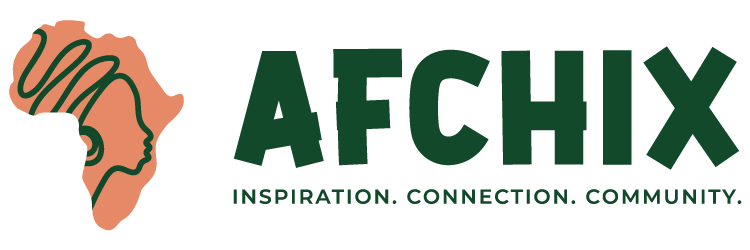Persistent income inequality creates a vicious cycle keeping women from gaining access to mobile devices and internet connectivity – the very tools that can help them empower themselves economically in the digital post-COVID era.
According to the World Wide Web Foundation, affordability is one of the key drivers of digital inclusion and a key barrier to women’s access and use of mobile devices. The global average cost of a smartphone is around 26% of an average monthly income but this figure can be much higher in lower-income countries. In Sub-Saharan Africa, the average cost of a smartphone is equal to 45% of an average monthly income.
Affordability tends to have a greater impact on women than on men because social norms often mean that women are less financially independent than men, earn less, and have less disposable income to spend on mobile phones or internet services. In a survey among internet users in rural areas, the Foundation found that women were 14% more likely than men to say the cost limited how much they could use the internet.
In addition to the cost of devices, the high cost of data – when network coverage is available – is also another economic factor causing digital exclusion and often leads to the important difference between merely having internet access and what is described as meaningful connectivity. The Alliance for Affordable Internet explains that we only have meaningful connectivity “connectivity when we can use the internet every day using an appropriate device with enough data and a fast connection.” Without meaningful connectivity, women cannot access services like video streaming or online learning and the economic benefits of the internet become only theoretical.
A USAID desk review report on the Gender Digital Divide highlights the well-documented benefits, in labour force participation and business, for women who are able to access technology. Digital literacy is becoming increasingly important to access employment opportunities since more and more jobs have a digital component. At the same time, the digital gender gap also means that women entrepreneurs are less likely than men to possess the basic digital skills needed to use the internet to access services and information, connect with customers or perform any other business functions. Most glaringly, it often excludes women entrepreneurs from accessing finance through digital platforms.
AfChix is helping to address these barriers by providing alternative and more affordable means to connect to the internet through community networks and offering women digital literacy training in a safe environment. In Senegal, AfChix is also currently working with local women’s associations in the Camberene commune of Dakar to develop an ecommerce platform to sell their products.
Adama Kassi, Project Coordinator, says women currently sell their products llike fresh produce, fish, and dairy in the informal sector. “During meetings with the women of the community, they underlined the problem of not having a store to display their processed products. As a solution, we offered them an online sales platform.”
She says the project aims to help local women gain lasting benefit from internet access. “This platform would not only allow them to have a space to sell their merchandise but also to sell their products while being next to their family. It provides a perfect example of how digital tools can help women in their efforts to become self-reliant through economic activity, and as a result take better control of how they can use these tools going forward .”



